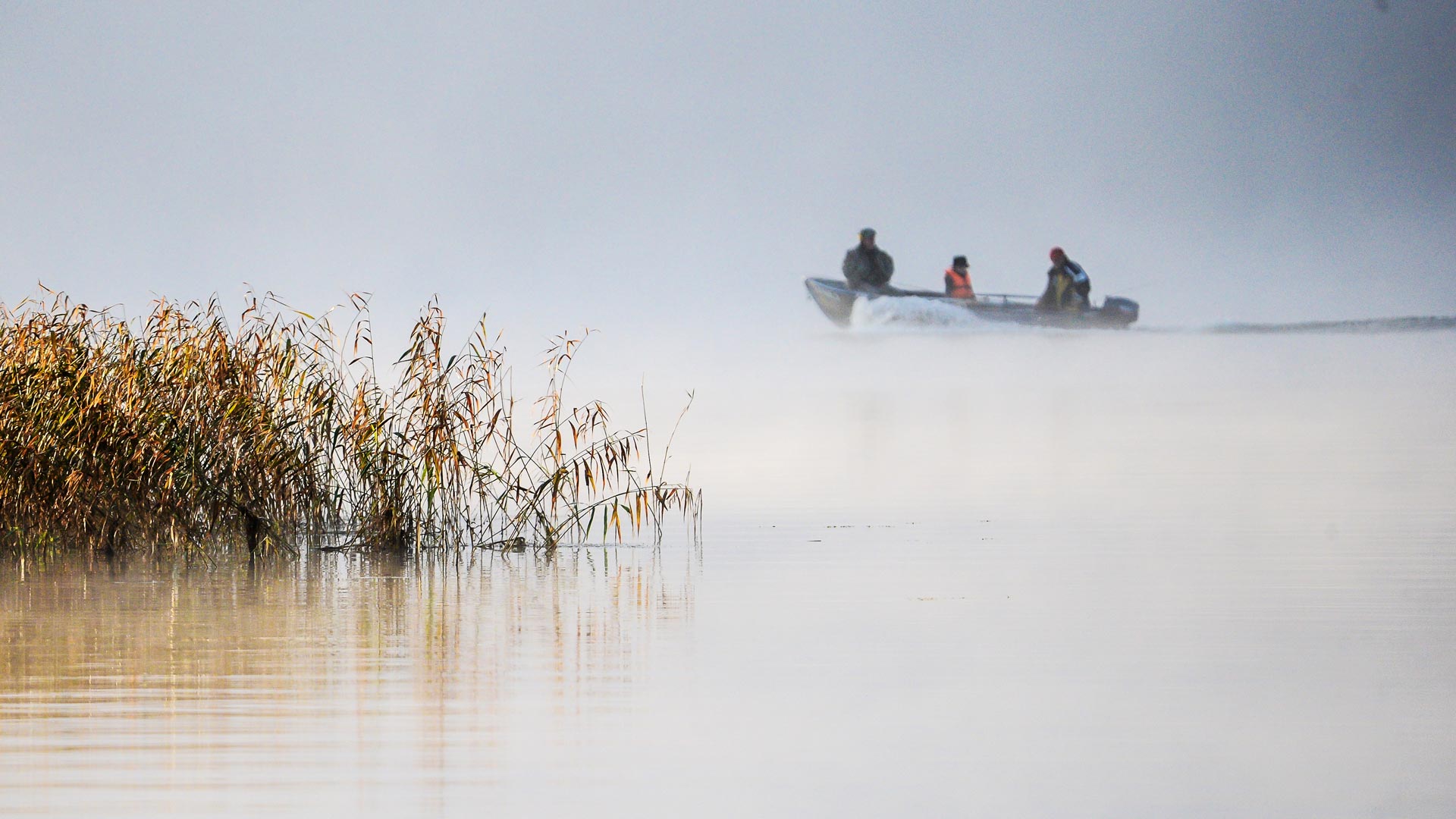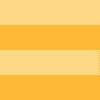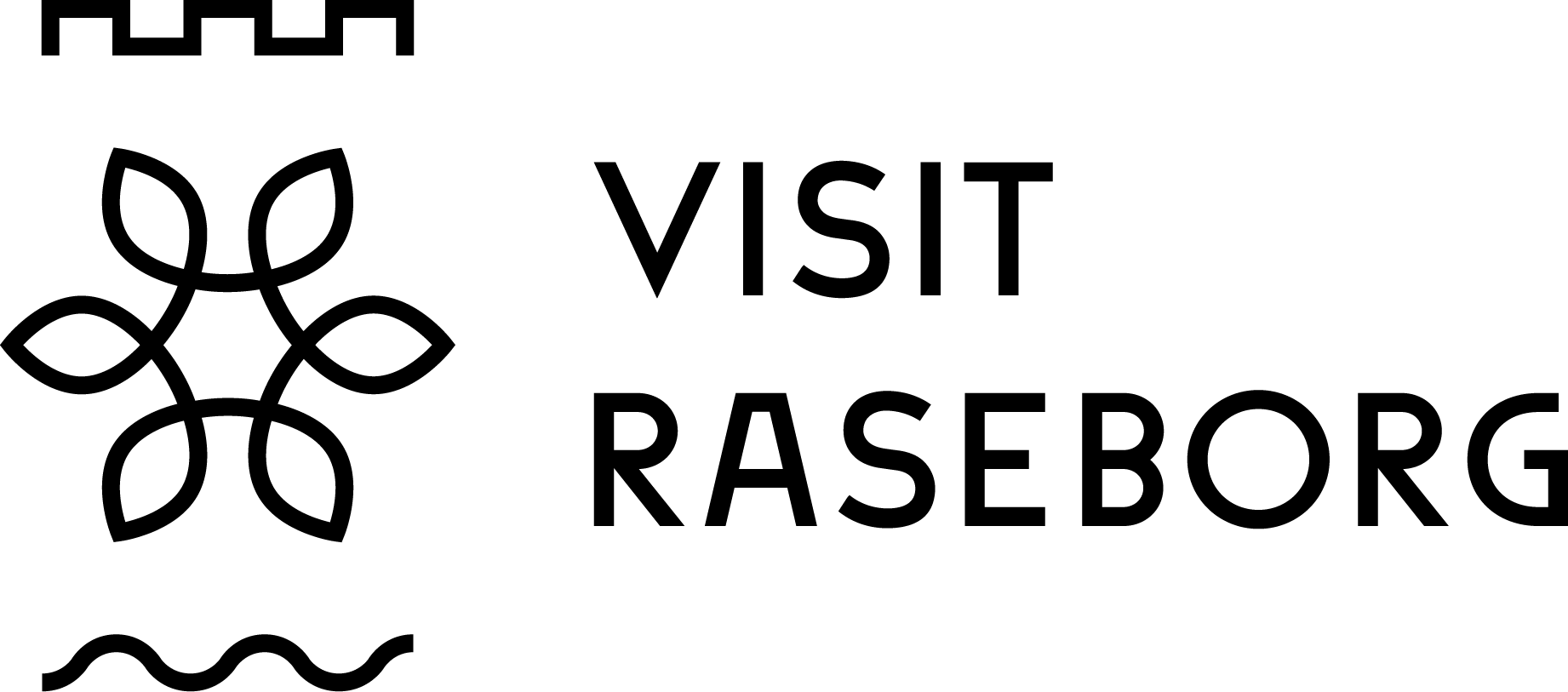Ekenäs Archipelago National Park
Ekenäs Archipelago National Park stretches from the inner archipelago to the open sea. Almost 90 % of the park consists of water areas and so the park preserves the nature both above as well as under the water.
During summer, the Ekenäs archipelago is popular among sailors and motor boaters, as well as canoeists. There are things to see also for the divers almost all year round. The varying forms of the seabed and shipwrecks offer experiences below the surface. The islands Fladalandet, Modermagan, Älgö and Jussarö are pleasing destinations for hikers. Day-trippers without a boat can reach Rödjan, the old fisherman’s farm on Älgö island, and the old mining island Jussarö on a summer cruise from Ekenäs North Harbour.
The most significant attraction of the national park is its diverse nature. The big islands in the inner archipelago hide wilderness lakes, lush forests and rocky beaches. For example elks and white-tailed deer can be seen on the islands. As for the outer archipelago, thousands of sea birds such as scaups, seagulls and eiderducks nest on the islets. In the southern parts of the park you can even see grey seals or ringed seals.
In the Ekenäs Archipelago National Park, staying overnight in your own boat or tent is possible in Modermagan, Fladalandet, Rödjan in Älgö, and JussaröPlease note that there is no drinking water on the islands of Rödjan, Fladalandet and Modermaga, for example, so you should bring some with you. All the camping sites have campfire sites and earth closets. Please remember to follow the everyman’s rights.

Älgö – the largest island in the National Park
Rödjan’s former fisherman’s farm and nature cottage is located on the woody Älgö island, the largest island in Ekenäs Archipelago National Park. The farm is the childhood home of Thorvald Strömberg, the canoeing world champion (1950) and Olympic gold medallist (1952). Thorvald’s grandfather, fisherman Magnus Nylund, built the farm in 1940’s after the war. The family lived in it until 1960’s, after which it was used as a summer house. Nowadays the visitors of Rödjan nature cottage get acquainted to the life of the eiderducks and the history of Rödjan through an exhibition.
A ca 2 km long nature trail starts from the farm, which will introduce hikers to the inner archipelago. Storträsket lake and an observation tower with a great view over the entire national park lie along the trail, which partly runs on steep terrain. In addition, the remains of a dugout from the last war can be seen from the nature trail.
Rödjan is a good trip destination for the entire family. Children happily make acquaintance with the sheep grazing on the adjacent meadow of the fisherman’s farm during summers. The wood-fired sauna is heated on demand and swimming is possible both in the sea as well as in the lake. You can prepare your lunch in the cooking shelter. The farm manager Micke Röberg sells his self-caught and smoked fish.
Enjoy the silence of the nature on Modermagan or Fladalandet islands
There are several groups of islands between the inner archipelago and the open sea. Out of these, Fladalandet is one the most popular excursion destinations. Fladalandet is a wooded and rocky island where the sheep once used to graze. The island has an excursion marina, an earth closet and a site for camping and campfire. The rugged nature can be visited through several intersecting walking trails.
The nature trail of Modermagan (1.5 km) presents the outer archipelago. Its terrain is quite uneven and after rain the rocks are slippery. A stunning view over the islands to the open sea opens up from the rocks in the southeastern part of the island. The small lake in Modermagan is worth a visit. It is located so close to the sea, that during the high tide, salt water flows into the lake and sinks under the fresh water surface of the lake. A splinter shelter and a dugout are also located along the nature trail.
Modermagan and Fladalandet are reachable only by own boat or a taxi boat.


